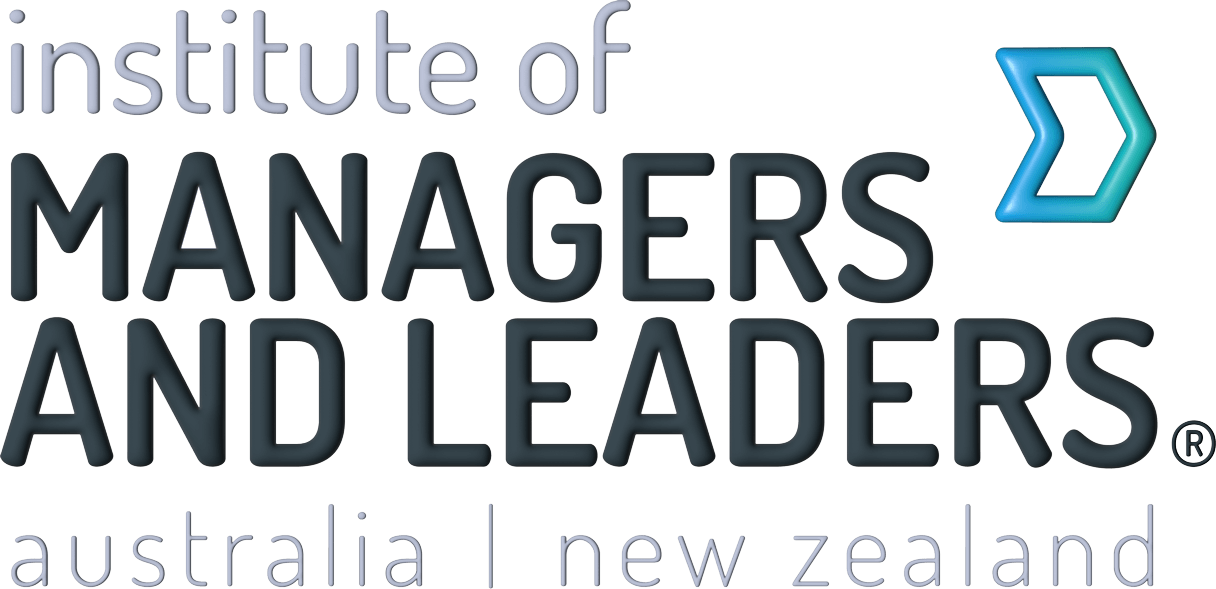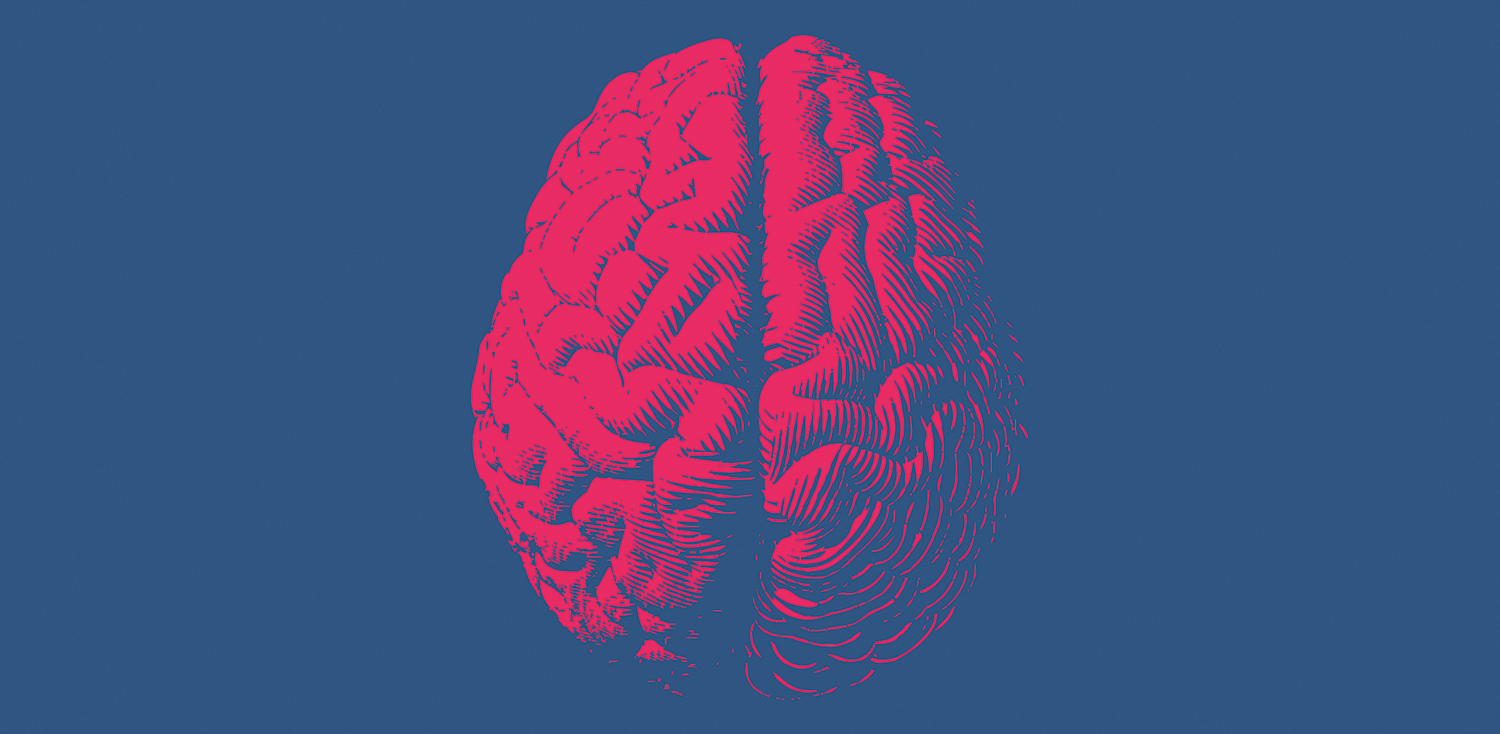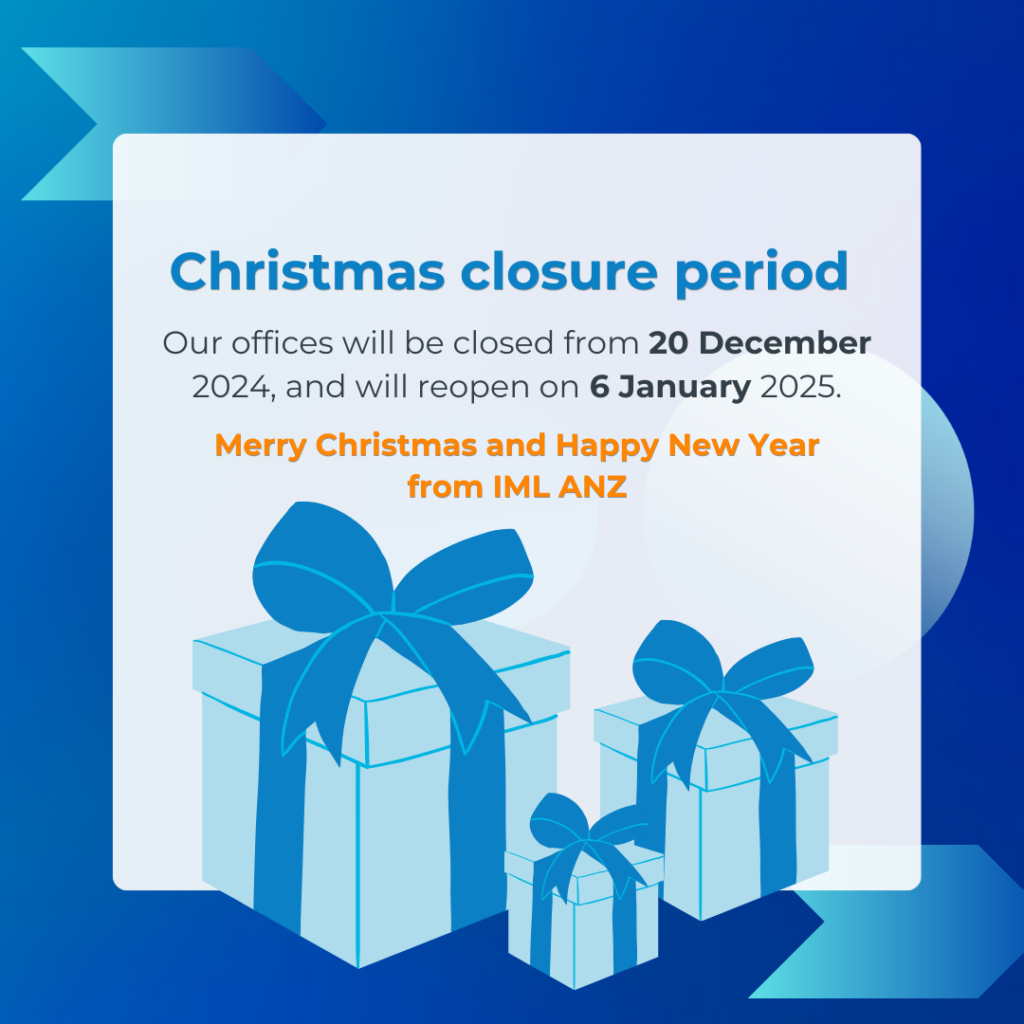By Clare Edwards FIML
Let’s start with a brain teaser.
Two judo experts take a bow and the match begins. One is wearing a brown belt the other a black belt. After a long tussle, the black belter player has the most points and is declared the winner, even though during the entire contest no man threw the other to the ground.
How can this be?
Before you read on to the answer, if you haven’t figured it out yet, take a moment to think and reflect.
The answer – both judo experts were women.
When you first started reading this riddle what images came to mind? What was your brain making you think?
Let’s explore this a little further. Read the following roles to yourself and be conscious of the images that come to mind:
- Surgeon
- Nanny
- Engineer
- Midwife
- Builder
- Secretary
Despite all the above roles being equally open to both sexes, there’s a good chance your brain assigned a gender to them and you have just demonstrated unconscious gender bias. Why is this?
Before you start castigating yourself for reverting to ‘the obvious’, it’s OK, it just means that you’re human.
Our brains make shortcuts and associations to simplify our complex world where we are inundated with billions of bits of information. When it comes to gender, we have schemas, generalisations and stereotypes borne out of associations we made when growing up.
The reality is, if we have a brain, we are biased. Gender bias is only one of the 150+ biases we have, and it plays out extensively in the workplace both explicitly and implicitly.
Let’s explore some of our unconscious biases with implications in the workplace.
- Similarity bias. The unconscious belief is “people like me are better than others”. Similarity bias, like many biases, has its roots in evolution where ‘same’ or ‘similar’ equalled safe and ‘different’ equalled possible danger. Our brains default to ‘foe before friend’ (Baumeister 2001) and so our decisions can be unconsciously influenced as we select people for employment, promotion or sidelining based on aspects of similarity such as education, location of upbringing, interests and of course gender.
- Gender stereotype. Conditioning still exists at an unconscious level and this is further influenced by media portrayals of women as nurturing cooperative home-makers, and men as competitive, competent providers. So, when it comes to making a decision about a certain candidate for a senior role, for example, might this conditioning influence our choice? In one study (Moss-Racusin et al), a science faculty from a university rated the applications of a student who was randomly assigned a male or female name for the position of laboratory manager. Faculty participants rated the male applicant as significantly more competent and hireable than the female, despite identical resumes. They also selected a higher starting salary and offered more career mentoring to the male applicant.Symphony orchestras have traditionally been male-dominated until the introduction of blind auditions where a screen was placed between the audition candidate and the selection panel (women were also asked to remove heels that made a noise). As a direct result, women are now 50% more likely to be selected for a final interview and membership of the orchestra.
What’s the lesson?
Awareness isn’t enough. Why? Because it is neurologically impossible for our brain to decide and, at the same time, be aware if that decision is biased or not.
However, we can implement systems and processes to mitigate gender bias in the workplace.
Reflection and disclosure. Be aware of our own biases when we reflect on decisions made and whether bias came into the process. This helps us to become more aware of our biases. If we courageously disclose them to others, we can achieve greater objectivity.
Transparency and challenge. Whilst it’s hard to see bias in ourselves, we can spot it in others. Once you are familiar with the key biases that impact work performance, aim to be more open in your meetings and create an environment of ‘permission to challenge’ on possible biases.
In BrainSmart’s ‘Getting to Grips with Unconscious Bias’ workshops, we use a model from the Neuroleadership Institute that simplifies and condenses our 150+ biases into five categories using an easy to remember acronym.
Diversity. When making decisions involving gender, it is important to have them reviewed and challenged by a diverse group of people ensuring the greatest degree of objectivity possible.
If you use selection panels consider a diversity of thinking, culture, personality and even people from a different part of the business.
Ask yourself, “If this person were of another gender, what, if any, difference would it make and why?”
Anonymity and neutrality. Because our biases are primarily unconscious, we may not be aware of how our words in job adverts and other communication influence readers. Applications like Textio can help highlight and neutralise our language. In addition, consider removing names from resumes before presenting it to decision-makers.
I work with medium to large organisations and whilst the overall gender balance of the employee base is fairly even, the executive leadership team or the board is another kettle of fish. It’s time to redress the balance don’t you think?
Make known the unconscious
Our unconscious biases directly affect not only who gets hired, developed and promoted, but also the ability of teams to perform at a high level, the effectiveness of decision-making and change, the health of an organisation’s culture and the relationship it has with its clients.
By taking steps to mitigate gender bias in the workplace we can move closer to an equal and diverse work environment that has proven to be more productive, engaging and enjoyable.
Let’s make the unconscious conscious.
Clare Edwards is the Principal of BrainSmart Consulting. She is also a speaker, facilitator and author. Clare worked in a team serving Europe, Africa and the Middle East, between them speaking 13 languages – highlighting for her the value of diversity in business. After moving on from her corporate career, she studied the Neuroscience of Leadership – how knowledge of our brains can help us to be more emotionally intelligent and effective leaders and managers. Clare now consults with organisations from a variety of industry sectors internationally. She helps people effectively manage and lead themselves and others in complex and uncertain business environments.



